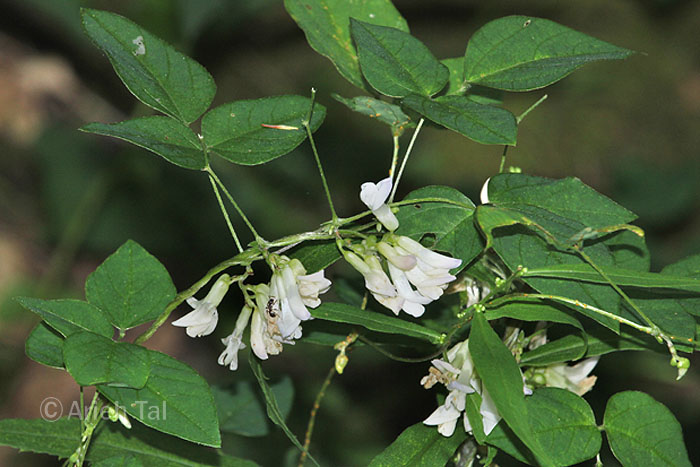|
|
||
| x Figure A. View of eastern-most subsection of rim trail close to King Road. A wide, flat, sandy trail passes though open woods. North is to the left in the image. July 2019 |
|
. |
||||
| . . |
Home | Ecology Main | Documentation | . |
| . Plant Ecology of the Area Surveyed Rim Trail - Disturbed Flatland . |
||||
|
|
||
| x Figure A. View of eastern-most subsection of rim trail close to King Road. A wide, flat, sandy trail passes though open woods. North is to the left in the image. July 2019 |
| It's
not clear what people used this land for long ago. Perhaps there
was a log landing or crude sawmill here. There doesn't seem to be
a cellar hole present, nor is there a man-made stone wall. But
clearly, the area is disturbed
and weedy. The service road, that stretches from King Road to the
campground road (at the base of the hill) intersects the rim trail at the
King Road trail head.
Today, the area which serves as this subsection of the rim trail, is wider than most trails, and thus a bit more sunlight reaches the ground. Ground moisture levels vary from dry to mesic, with generally good drainage. Maturity of trees is variable, with many trees being quite mature. However, unlike most subsections of the gorge and rim trails, there is a noticeable paucity of ferns here. There's even an ecological difference between the north and south margins of the trail. The north side of the trail, which receives more sunlight, has most of the non-native shrubs and forbs. The south side more closely resembles a natural community with native species, including a few ferns, especially near the summit of the cliff that overlooks the gorge. This is evident in the upper-right corner of Figure A above. The left (north) side of the trail shows weedy understory growth, while the right (south) side of the trail is more shaded. Nevertheless, this subsection of the rim trail has a high diversity of tree species, mostly hardwoods, including oaks*, maples, white ash, poplars, basswood, black walnut and elm. Understory trees include hop hornbeam* and musclewood, in addition to young pines and hemlocks. In all, twenty-four tree species have been identified here. Shrubs are mostly represented here by non-native species, such as privets*, honeysuckles and autumn olive. Herbaceous, flowering plants are diverse and numerous, especially goldenrods and asters. But clearly, the most prominent herbaceous species is hog peanut*, which covers vast areas of ground, scrambling widely and climbing upon anything in its path. It has literally gone happily "hog wild". The transition to the adjacent subsection of the rim trail is abrupt. The adjacent subsection is dominated by mature hemlocks and oaks. It is much darker, and exhibits much lower species diversity. |
|
|
 |
||
| Figure B. Hog peanut (Amphicarpaea bracteata) in flower. | ||
|
* To convert English plant names to their scientific equivalents, click this link. |
.
|
. |
.